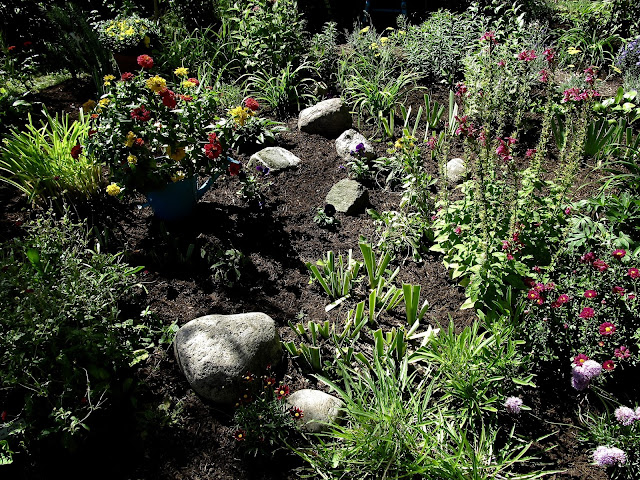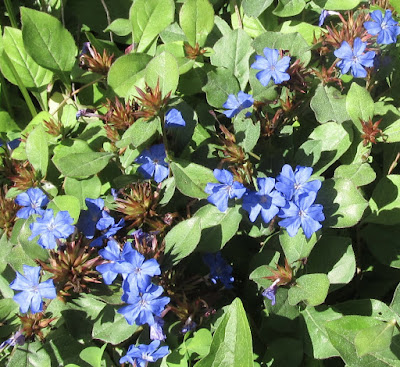 |
| Zinnia flower that has dried out and gone to seed. |
 |
| Petals with attached seeds pulled from dry flower |
 |
| Seeds separated from petals ready for storage |
 |
| Store in a labeled envelope until ready for use next Spring. |
GROWING PERENNIALS IN ZONE 6 OF NEW YORK STATE ... RAISING BUTTERFLIES ... COMMUNITY GARDENING
 |
| Zinnia flower that has dried out and gone to seed. |
 |
| Petals with attached seeds pulled from dry flower |
 |
| Seeds separated from petals ready for storage |
 |
| Store in a labeled envelope until ready for use next Spring. |
 |
| Leaves changing color on our sugar maple tree |
 |
| Onions on drying screen |
 |
| Onions after drying with stems removed |
 |
| Ready for storage in mesh bag |
 |
| Toad Lily |
 |
| Photo taken on July 31, 2016 |
 |
| Photo taken today, September 22, 2016, of the same bunch of grapes. |
 |
| Another variety of blanket flower called Sombrero |
 |
| Center bottom shows blue plumbago, deep red tickseed at bottom of rocks, yellow mum above rocks, pink Hot Lips turtlehead middle right. |
 |
| Yellow mum in clay pot, red mum at bottom of photo, zinnias in blue pot, river rock area in center. |
 |
| Close up of river rock area with pot of zinnias at left, winter pansies, bi-color iris that have been cut down, red tickseed at bottom of rocks |
 |
| Another view of blue plumbago, yellow mum and red tickseed and pink creeping phlox ground cover at bottom of photo that bloomed in spring, with a few new fall blooms. |
 |
| South entrance to garden with zinnias on left and whorled milkweed on right |
 |
| An expanded view from south entrance of garden showing arbor at north entrance, seating area at far left. |
 |
| Purple winter pansies with yellow coneflowers |
 |
| Carmine colored aster |
 |
| Balloon Flower |
 |
| Joe Pye Weed |
 |
| Plumbago |
 |
| Sedum |
 |
| Turtlehead |
 |
| Ornamental Onion |
 |
| Ironweed |
 |
| Chrysanthemum |